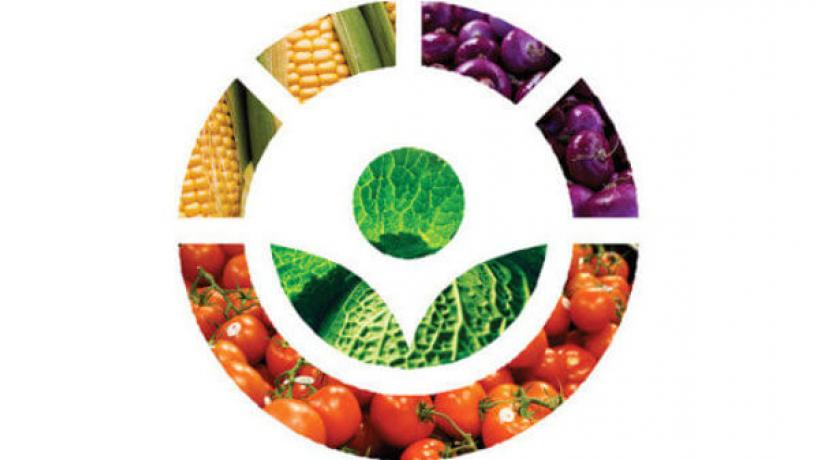
FSANZ (Food Standards Australia New Zealand) have recently called for submissions regarding a permit application of the irradiation of various vegetables and fruits.
To date, in Australia and New Zealand, only spices, herbs, capsicums, tomatoes, herbal infusions, and some tropical fruits are allowed to be irradiated. FSANZ have demonstrated a strong need to irradiate these foods, establishing that there are no safety concerns or loss of nutrients as a result of the process. Now, the organisation for food safety is assessing an application that seeks permission to irradiate a further eleven fruits. The closing date for submissions will be the 9th of October, 2014.
Steve McCutcheon, the chief executive officer of FSANZ, noted that Forestry and Fisheries had begun to apply for permission to use irradiation in sterilising or killing pests and fruit flies. The option is being pursued as an alternative to certain pesticides, which are no longer permitted for use.
What is Food Irradiation?
The process of food irradiation is used in more than fifty countries today, as a method of destroying bacteria and extending the shelf life of foods. Irradiation provides food processors with an alternative to heat and chemical treatments.
Research has shown that it is a safe, effective alternative to conventional pesticides. A thorough examination by the World Health Organisation, The European Community Scientific Committee for Food, The United Kingdom House of Lords, The United Nations Food and Agriculture Organisation, The United States Food and Drug Administration and scientists at FSANZ all supported this.
However, despite evidence that the process is safe, FSANZ must still provide permission for a food to be irradiated, considering particular factors, including the safety of the treatment, and any effects it may have on the nutritional quality of the product.
In recognition of food safety practices, irradiation may not be used to clean a food product that it is unsafe for human consumption.
How Food Irradiation Works
Food irradiation is a preservation technique wherein a food is exposed to degrees of ionising energy. In low doses, it can increase the shelf-life of a product, whereas higher doses kill moulds, insects, bacteria, and other harmful micro-organisms. Food irradiation cannot, however, kill viruses.
The ionising energy is produced by either high-energy electron beams, powerful x-rays, or gamma rays. Gamma rays are similar to microwaves, but provide a higher level of penetration and energy. The rays pass through the food, without heating it, and exposure does not make food radioactive.




